IFTTT and Zapier automation tools enable users to create automated workflows connecting various apps, services, and devices. They are relatively easy to use, but their free tiers are now rather limited, and you have to rely on the cloud. Huginn is a self-hosted, open-source alternative to IFTTT or Zapier that can work on your own network without cloud connectivity.
Andrew Cantino released the first version of the project 12 years ago (in 2013) by Andrew Cantino, but it now has a larger community of developers and users. Somehow, I only found out about Huginn when XDA Developers wrote about it earlier this week. Let’s have a look.
Developers describe Huginn as a system for building agents that perform automated tasks for you online, and view it as a hackable version of IFTTT or Zapier hosted on the user’s server with full control over the data.
Here are some of the things it can do:
- Track the weather and send an email if it’s going to rain, snow, etc…
- Watch for air travel or shopping deals
- Scrape and monitor websites to receive emails when they change
- Send and receive WebHooks
- Run custom JavaScript or CoffeeScript functions
- Track your location over time
- Connect to Adioso, HipChat, FTP, IMAP, Jabber, JIRA, MQTT, nextbus, Pushbullet, Pushover, RSS, Bash, Slack, StubHub, translation APIs, Twilio, and Weibo, to name a few.
- Watch terms on X and receive an email when their occurrence and frequency increase (it’s harder to do now, since there’s no free API on X, so a paid API subscription and a developer account are needed)
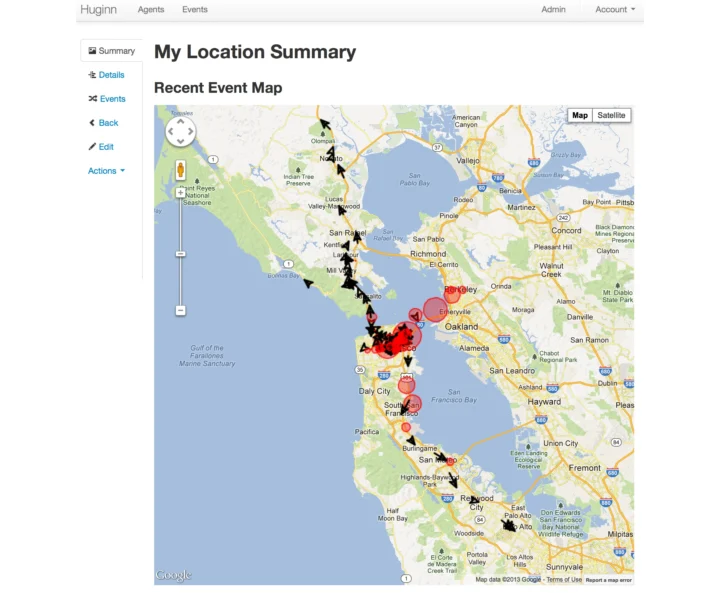
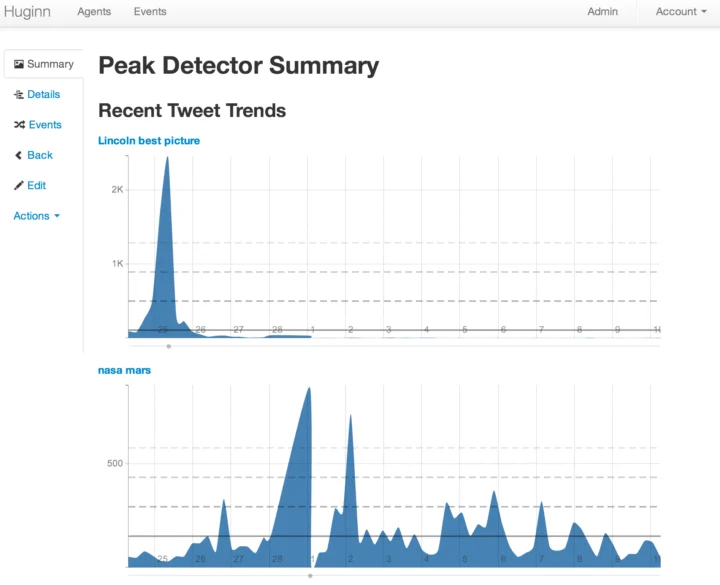
It looks interesting, so how do we get started? The easiest way is to deploy Huginn through Docker.
|
1 2 |
sudo apt install docker.io sudo docker run -it -p 3000:3000 ghcr.io/huginn/huginn |
After a minute or so, the container is running, and we can access the dashboard at http://localhost:3000/
 From there, we can log in with the default credentials: username: admin; password: password.
From there, we can log in with the default credentials: username: admin; password: password.
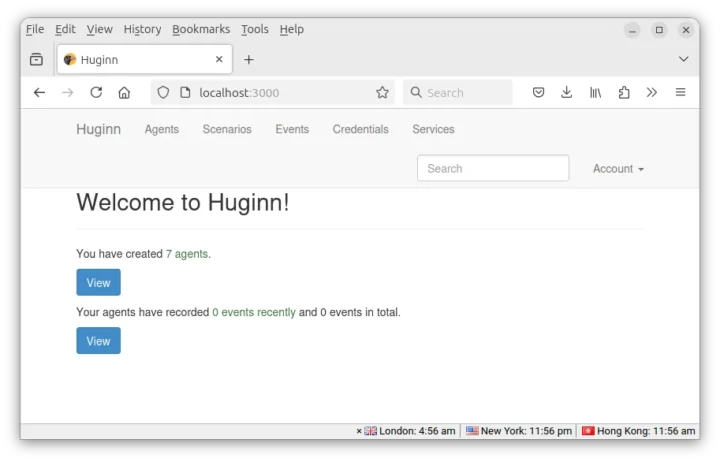 We’re not asked to change the credentials here. That’s probably not ideal, but we can do so in the Account menu on the top right.
We’re not asked to change the credentials here. That’s probably not ideal, but we can do so in the Account menu on the top right.
The Docker image has 7 pre-installed agents to get notified if it’s going to rain (relies on SF Weather Agent), check changes to XKCD website, a weather agent monitoring San Francisco weather, and so on…
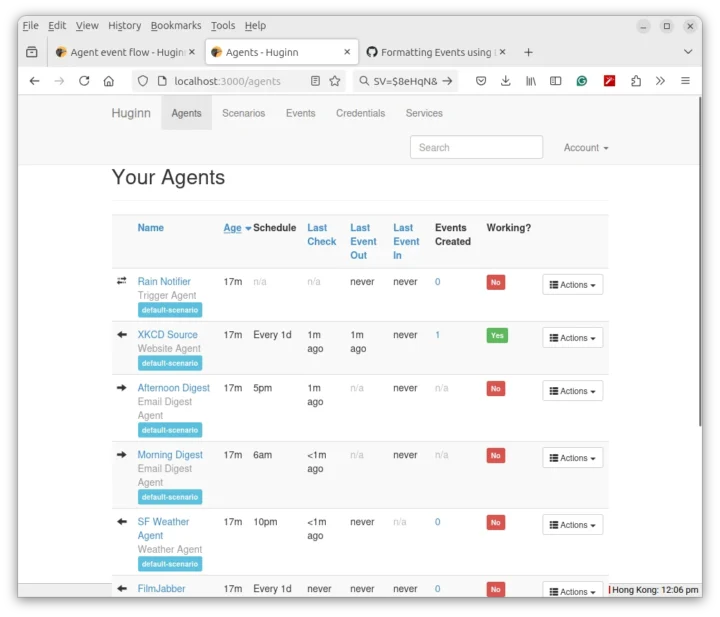 If we look at the XKCD Source website agent, we’ll see code like this:
If we look at the XKCD Source website agent, we’ll see code like this:
|
1 2 3 4 5 6 7 8 9 10 11 12 13 14 15 16 17 18 19 |
{ "url": "https://xkcd.com", "mode": "on_change", "expected_update_period_in_days": 5, "extract": { "url": { "css": "#comic img", "value": "@src" }, "title": { "css": "#comic img", "value": "@alt" }, "hovertext": { "css": "#comic img", "value": "@title" } } } |
We can find out more when editing the agent.
It’s not exactly straightforward, and there will be a steep learning curve for new users of the Huginn automation tool. So it’s clearly not quite as easy to use as IFTTT or Zapier. Note that this installation is only valid for testing, since changes are not saved to a database. A proper installation would require setting up a database and launching the Docker image as follows:
|
1 |
docker run -it -p 3000:3000 -v /home/huginn/mysql-data:/var/lib/mysql huginn/huginn |
Going through the documentation on GitHub will be a must, but a lot of it was written in 2013 or 2014 and not updated since then. Having said that, the project looks active with regular commits, and the latest one was merged two weeks ago. On the downside, the latest official release dates from August 2022, there’s a backlog of close to 600 issues, and 91 pull requests that have yet to be processed. The latest one is an exchange link spam that was submitted in February, so nobody appears to be handling those anymore, so it doesn’t look that good…
Are any of CNX Software readers currently using Huginn or have tried it? What do you think about it?

Jean-Luc started CNX Software in 2010 as a part-time endeavor, before quitting his job as a software engineering manager, and starting to write daily news, and reviews full time later in 2011.
Support CNX Software! Donate via cryptocurrencies, become a Patron on Patreon, or purchase goods on Amazon or Aliexpress




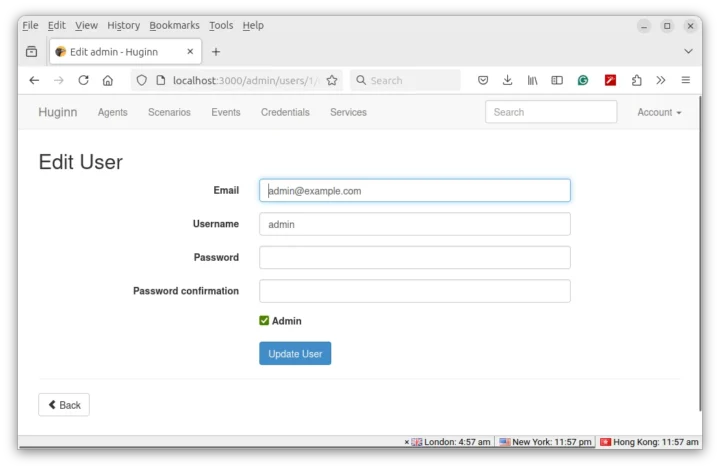
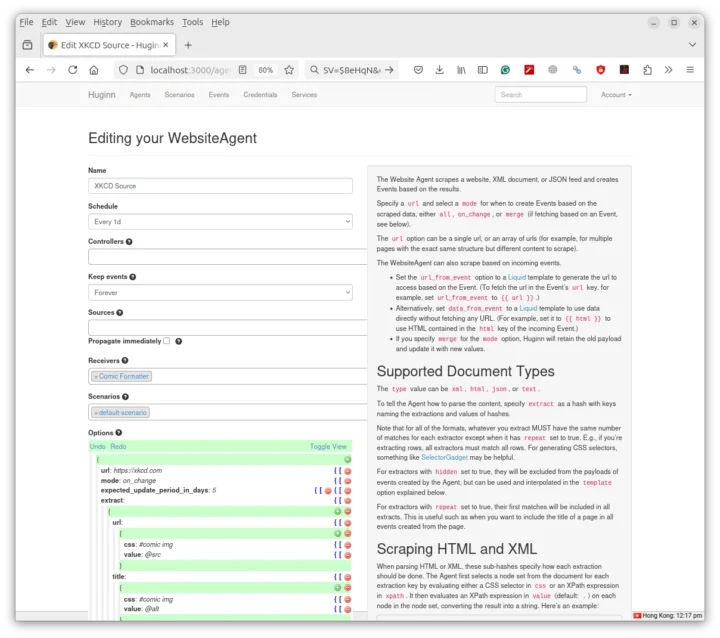



I ran Huginn for few years. It’s good when it works but I had constant problems with job processing getting stuck without any major errors in the logs requiring manual restart of the system. I have since moved to system I built myself using Elixir.